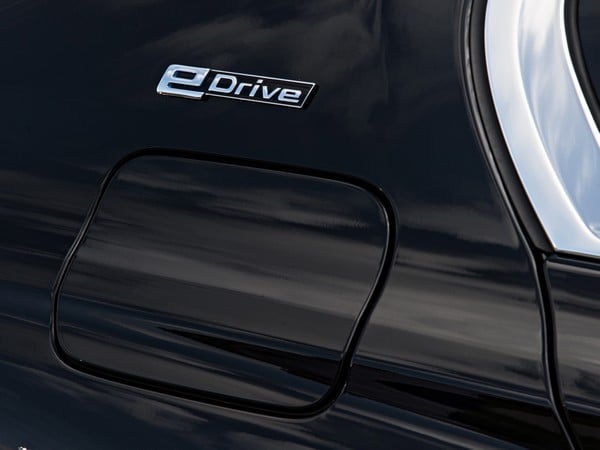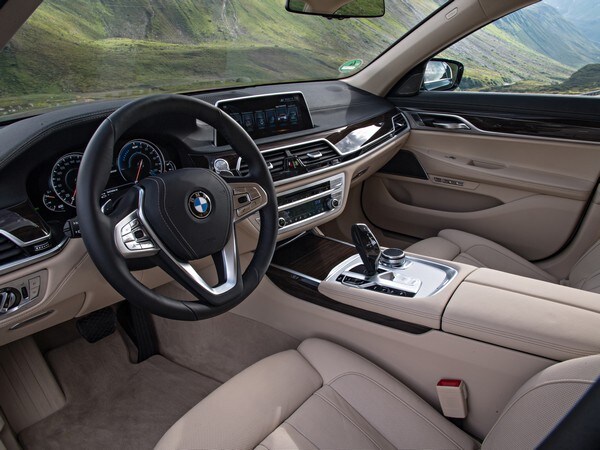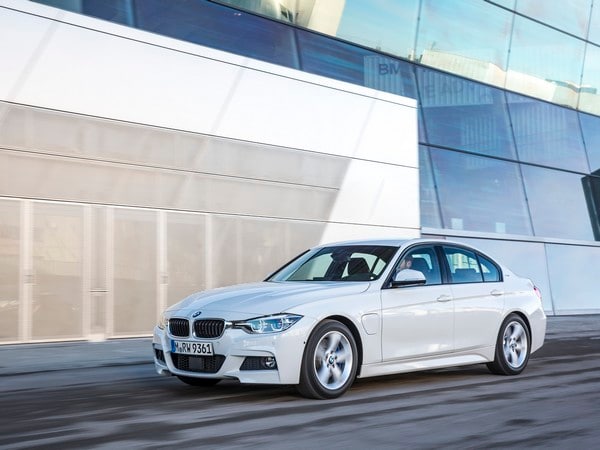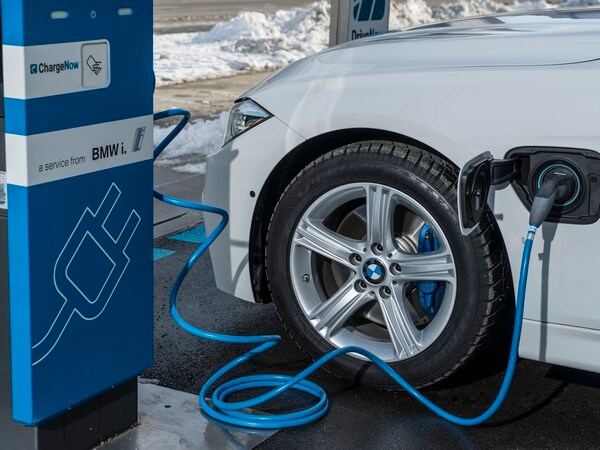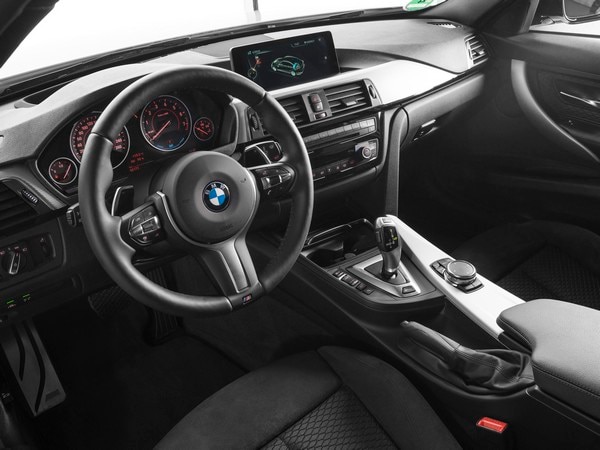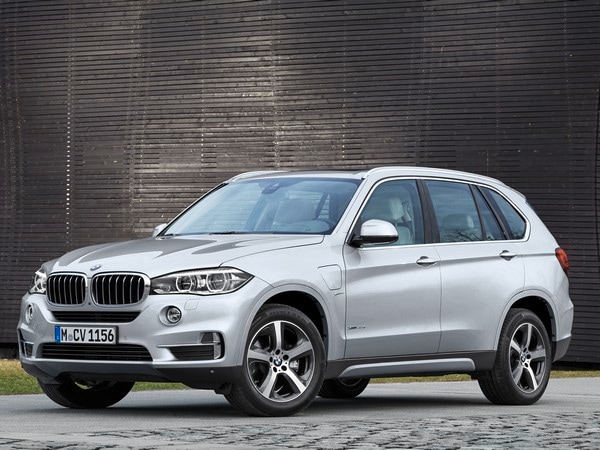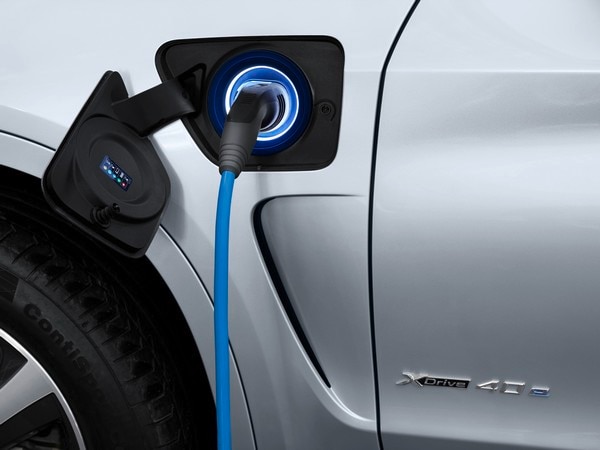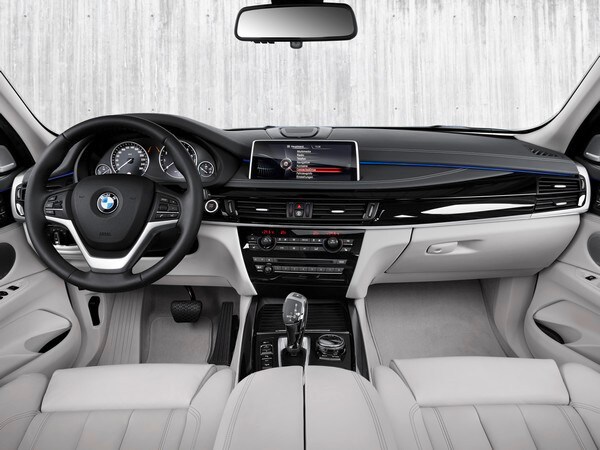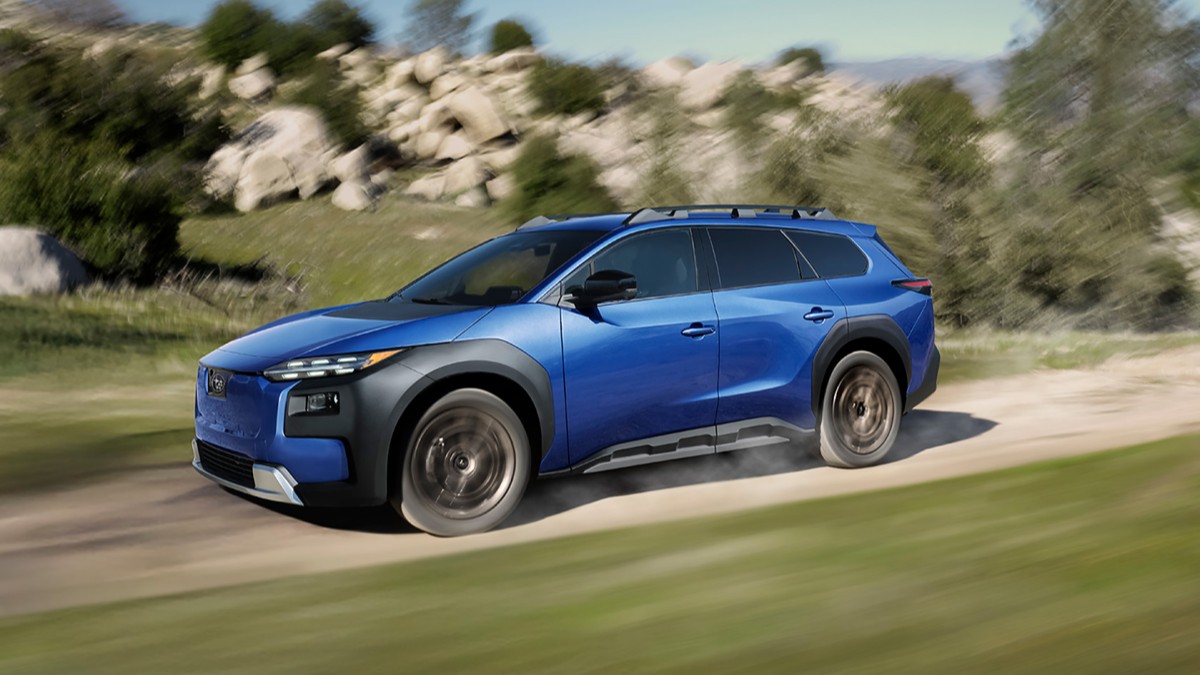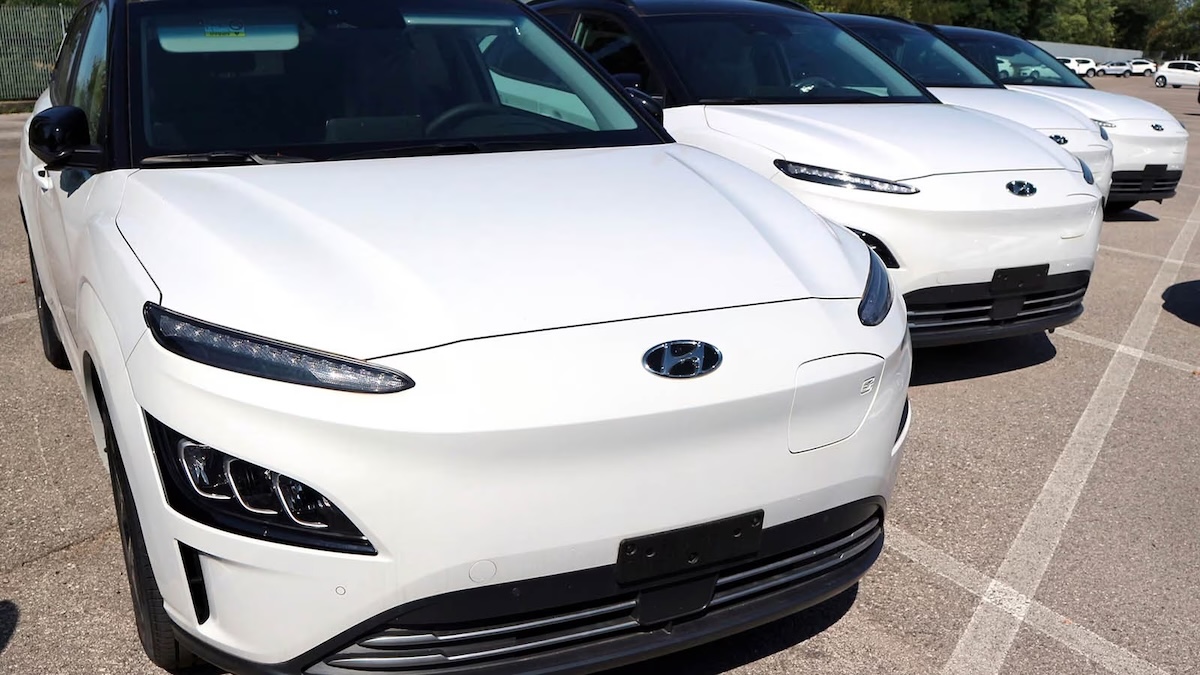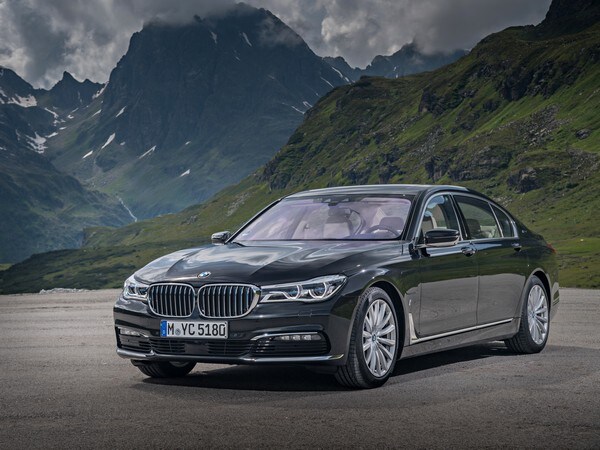
BMW has a rich history in building performance cars, but as the market and regulatory climate has changed, the German automaker is using its tech savvy to expand the brand into vehicles that not only cater to current consumer preferences, but also offer greater efficiency in the process.
At the Los Angeles Auto Show, BMW showcased its new family of iPerformance plug-in hybrids, vehicles that serve as a bridge between its “i” sub-brand that features the i3 EV and i8 high-performance hybrid. According to Trudy Hardy, vice president of marketing for BMW North America, the iPerformance line functions much like the M Performance vehicles that provide higher-performance variants of standard BMW product offerings at a price and power below that of full-blown M models.
Mainstreaming electric power
“We are looking at how we can bring some of that M technology and i performance closer to the middle,” Hardy explained, noting that the LA show was the coming out party for an iPerformance range that now includes the 740e xDrive, the 330e and X5 xDrive40e. “This is a good transition bringing e-drive technology into our mainstream models,” she said, noting that the plug-in approach, which provides up to 14 miles of pure EV range, is a good solution for people who still want to use their vehicles for longer trips without having to recharge.
“We still have range anxiety as the biggest issue in terms of buying a full-electric vehicle,” Hardy said. “The great thing about our iPerformance models is if you want to use the combustion engine and electric engine for ultimate performance, it’s there. If you want to drive more efficiently to maximize your range and MPGe, it’s also there for you.”
Also: Kelley Blue Book Best Buy Awards of 2017
Hardy recognizes that the largest challenge is educating the mainstream market. Those who want EVs have already begun gravitating to the i sub-brand. The iPerformance proposition is a bit more involved. “We are really trying to talk to a larger audience, to prepare them for the changes we will be facing and educate them on the benefits of the iPerformance models. No worry about range; you never have to plug it in if you don’t want to and it’s still more efficient than a solely combustion-powered vehicle.”
Crossover challenge
Perhaps the most significant addition to the iPerformance line is the X5, which reflects a fundamental shift in the market away from sedans to crossover SUVs. Hardy sees an overall market shift to 60 percent trucks and 40 percent cars, though in the premium segment, the numbers are bit more balanced. Still, BMW is moving to add more crossovers to the mix to have a portfolio that more closely matches overall demand. In addition to strong X5 sales, Hardy has seen growth with fastback coupe versions of crossovers with the X4 and X6.
“I think it is a fundamental shift that is here to stay,” Hardy observed. “Gas prices are low and you look at the behavioral aspects, it is the desire to be tall. We live in the land of the SUV.”
Also: Class of 2017 – New Cars Ready to Roll
While BMW is in the midst of launching a redesigned 5 Series sedan, the bulk of the new models coming in will be on the crossover side of the ledger, like the X4 and the upcoming X2. “We have been very smart in bringing in new models to reach new customers,” she said. “You look at some of the variants, like the SAV (Sport Activity Vehicle) coupe segment. It is all new; we are bringing in someone who wouldn’t be interested in an X3 or X5. It gives them a sporty look but it also gives them that ride height that they are looking for. Smart choices allow us to expand into new audiences.”
Not only do crossover SUVs attract new buyers, Hardy says once traditional 3 Series and 5 Series sedan buyers move into an X3 or X5, they stay there. “Once they go SAV, they don’t go back to a sedan, unless they are adding to their fleet.”
